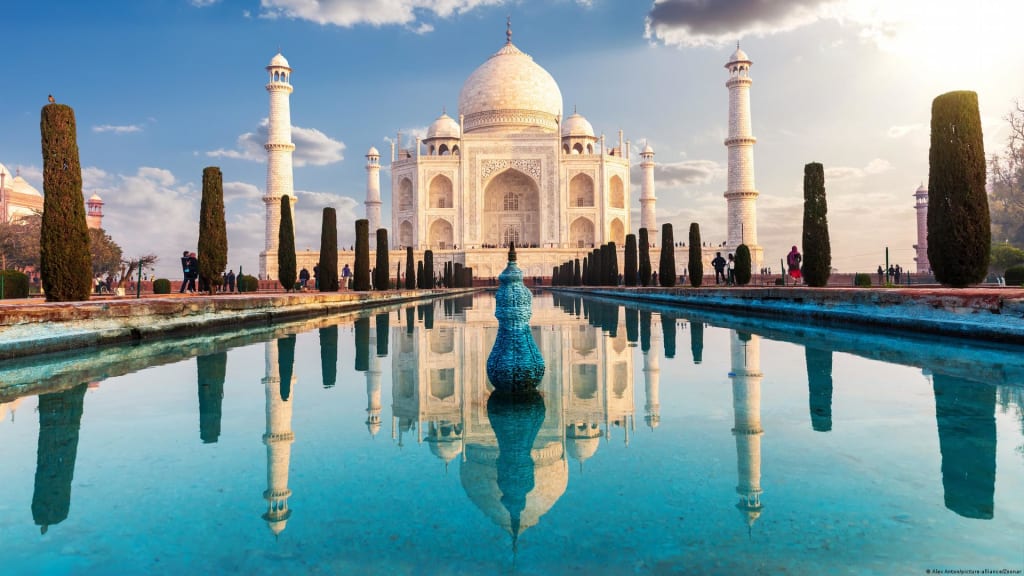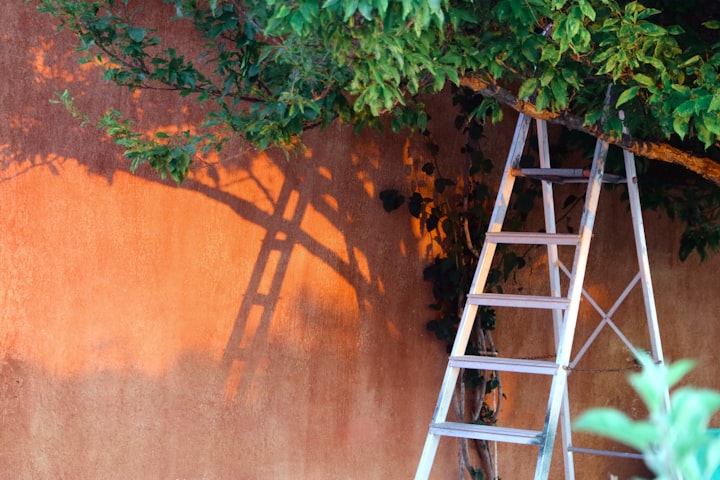TAJ MAHAL
“A white pearl in the light blue sky's ocean.”

Taj Mahal, also known as the Crown of Palaces, is one of the most famous and recognizable landmarks in India. It is situated on the banks of the Yamuna River in the city of Agra, in the northern state of Uttar Pradesh. The Taj Mahal is considered a masterpiece of Mughal architecture, and it is recognized as one of the Seven Wonders of the World. In this blog, we will explore the history, architecture, and cultural significance of the Taj Mahal.
History of the Taj Mahal
The construction of the Taj Mahal was commissioned by Mughal Emperor Shah Jahan in memory of his beloved wife Mumtaz Mahal, who died while giving birth to their 14th child. Mumtaz Mahal was known for her beauty and intelligence, and she was the favorite wife of Shah Jahan. He was devastated by her death, and he decided to build a magnificent mausoleum to honor her memory.
The construction of the Taj Mahal began in 1632 and took over 20 years to complete. The main architect of the monument was Ustad Ahmad Lahauri, who was also responsible for the construction of the Red Fort in Delhi. The Taj Mahal was built with the help of over 20,000 workers, including artisans, masons, and laborers. The monument is said to have cost around 32 million Indian rupees at the time, which is equivalent to over a billion dollars in today's currency.
Architecture of the Taj Mahal
The Taj Mahal is a stunning example of Mughal architecture, which combines Indian, Persian, and Islamic influences. The monument is built entirely out of white marble, which was transported from the Makrana quarries in Rajasthan, over 200 miles away. The marble was transported to Agra by a fleet of elephants and oxen.
The Taj Mahal complex is situated on a 42-acre plot, which includes the main mausoleum, mosque, guest house, and garden. The main entrance to the complex is through the imposing gateway, which is made of red sandstone and features intricate calligraphy and floral designs. The gateway leads to the charbagh, or the four-part garden, which is a classic feature of Mughal architecture. The garden is divided into four quadrants, and each quadrant has a water channel and a pool, which symbolize the four rivers of paradise.
The main mausoleum is a masterpiece of Mughal architecture, with a central dome and four smaller domes on the corners. The dome is surrounded by four minarets, which lean slightly outwards to prevent them from falling on the mausoleum in case of an earthquake. The interior of the mausoleum is adorned with intricate marble inlay work, calligraphy, and precious stones, which are said to have been brought from all over the world.
The Cultural Significance of the Taj Mahal
The Taj Mahal is not only a masterpiece of architecture but also a symbol of love and romance. The monument is a testament to the love between Shah Jahan and Mumtaz Mahal, and it is said that Shah Jahan was heartbroken after Mumtaz's death. The Taj Mahal is also an important cultural site and a UNESCO World Heritage Site, which attracts millions of visitors every year. It is a popular destination for tourists, photographers, and artists, who come to witness the beauty of the monument and capture its essence in their art.
Conclusion
The Taj Mahal is a true wonder of the world, and it continues to amaze and inspire people from all over the world. Its history, architecture, and cultural significance make it one of the most iconic landmarks in India and a must-visit destination for anyone traveling to the country. The Taj Mahal is not only a monument of love but also a monument of art and architecture, which has stood the test of time and continues to fascinate people with its beauty and elegance.
Curiosity Ticket
About the Creator
Curiosity Ticket
Welcome to curiosity ticket, where we bring you the most fascinating and mind-blowing facts from around the world! Our team of experts is dedicated to delivering the most interesting and educational content, covering a wide range.






Comments
There are no comments for this story
Be the first to respond and start the conversation.